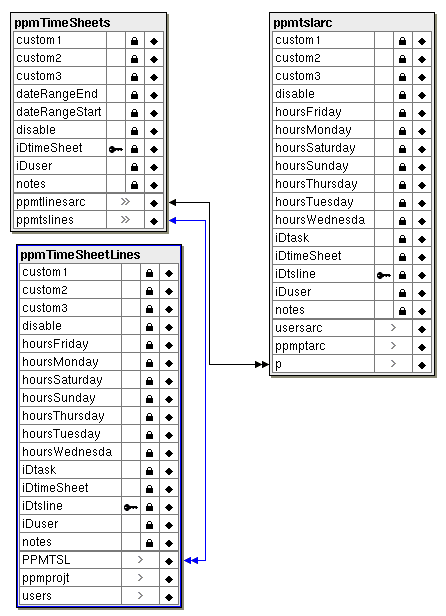Relational Data Modeling

Databases and Relational Data Models are replacements for filing rooms, filing cabinets, microfiche, and physical paper. A database is like a filing room with multiple filing cabinets. Each filing cabinet can be represented inside a database using a database schema. The tables in a schema represent the sections of the filing cabinet. The rows of data in the tables represent the individual records or files in the filing cabinet drawers. Additionally, a database can prevent files from being lost by making sure they are in the right place and they can further make sure that the data meets quality standards.
In layman's terms, a relational database is similar to spreadsheets, but they interconnect the sheets, check the data for quality, and offer client and server access to millions of global end-users over a network. A database can also secure and encrypt the data to prevent internal and external theft.
Advanced relational logical models are graphically designed based on business logic and then transformed into physical databases that automatically constrain data and maintain data organization and quality. Middle-Tier applications, coded using Java EE 7 and JPA, are then connected to show the data on a web page, web form, mobile device, or other type of application.
The lack of a well planned data model with efficient code can lead to poor application performance. For example, if you have an application that takes more than 1 to 3 seconds to show, insert, or update data to and from your database, your data model may need some adjustment and perhaps your application code needs to be updated to modern enterprise level code with scalability.
The use of a relational database for your website also enables dynamic content, web based content management, and future ERP integration. Dynamic content allows one to use the same page for different data, which reduces the number of web pages from dozens or hundreds to 1 to 10 templates. Web based content management also enables data entry via web forms and reduces the cost of labor by eliminating the need for HTML, CSS, JavaScript, and other types of coding when text and image updates are needed.
To provide your data modeling services, ARTIBIS simply needs access to your Business Analyst, Business Logic Documentation, an overview of what your company does and how it operates, data samples from files, spreadsheets, etc., and documented requests for functionality.
Please contact us by phone, chat, or email.
Back to Home Page
Next - Custom Software
|

